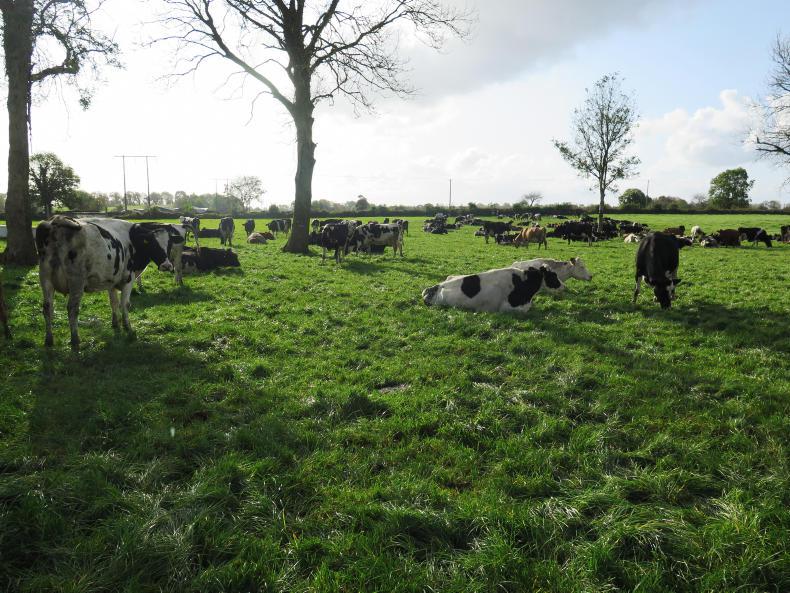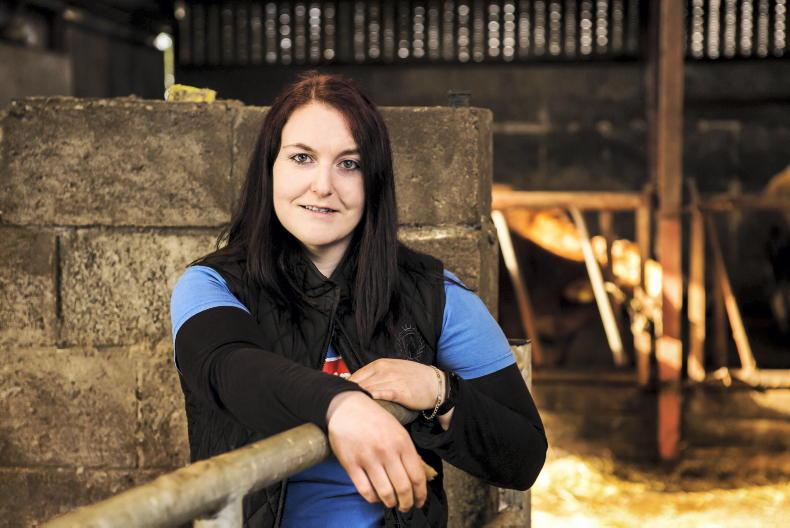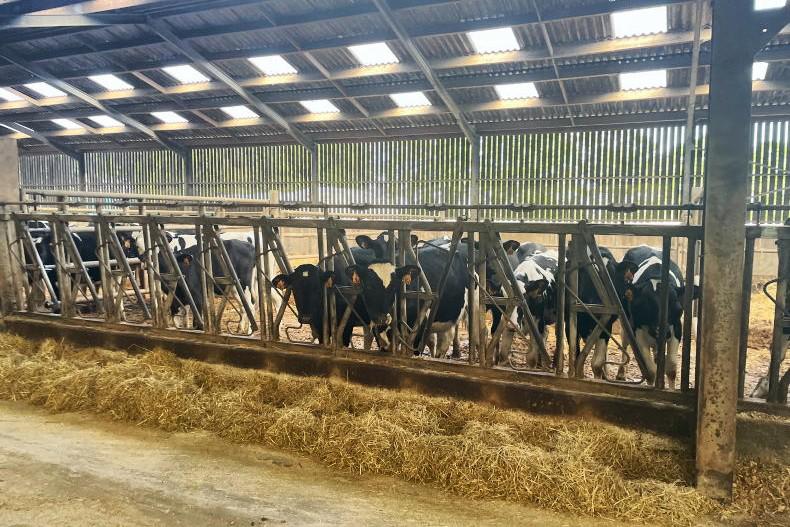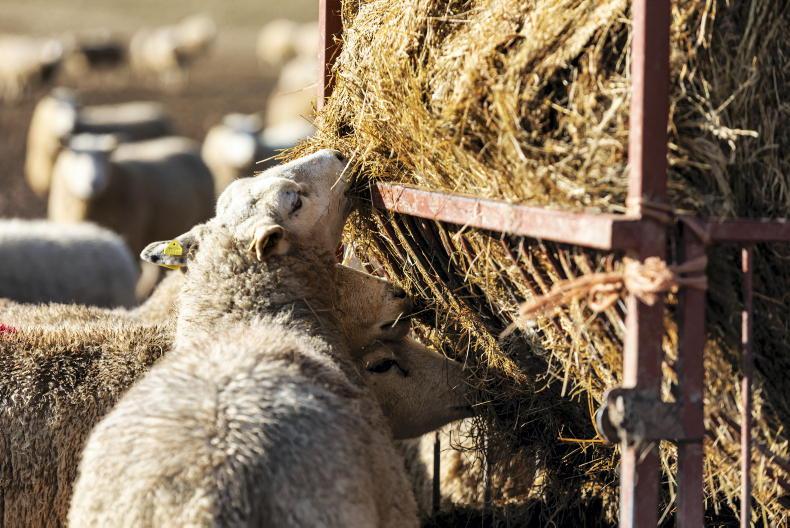It’s time to finish up grazing on most farms. The cold weather has really slowed grass growth and any paddock grazed from now on will have little hope of building any cover over the winter.
The lack of leaf present means the plant is unable to take advantage of shortened daylight hours experienced over the winter.
So it is very important that we don’t let the AFC drop too low, as it really reduces grass growth over the winter months.

Mick Magan's cows are on track to produce 480kg MS/cow from around 900kg of meal per cow.
Anyone who has a farm cover of 500kg/ha should be finished grazing. The big gains for keeping cows at grass for 2020 are now gone.
It is twice as important now to have enough grass for the spring and set your farm up to maximise the grass grown in 2021.
Soil fertility
The best time to take soil samples is over the winter period. Ideally, three months after the last application of phosphorus (P), potassium (K) or slurry.
Knowing what your soil fertility status is on your farm is the first step to grass management and should be done on every farm regularly.
By identifying and targeting low-pH soils with lime you will release locked-up P and K in the soil and get a better response to nitrogen spread next year.
A fertiliser plan can also be set up to target low-index fields for P and K, which will help increase the grass grown, especially in the shoulders of the year.
Analysing 2020
For anyone who has entered a full year's worth of data into Pasturebase, now that the grazing season is finishing up, it’s a good time to look at your annual report.
The annual report will give you your total tonnes grown and show you your best-performing and under-performing paddocks.
This data is very valuable to anyone looking to identify areas for improvement and increase grass production.
However, it should be looked at alongside your soil sample result to see whether it's soil fertility holding back under-performing paddocks and, if not, reseeding would be the next area I would look at.
It’s time to finish up grazing on most farms. The cold weather has really slowed grass growth and any paddock grazed from now on will have little hope of building any cover over the winter.
The lack of leaf present means the plant is unable to take advantage of shortened daylight hours experienced over the winter.
So it is very important that we don’t let the AFC drop too low, as it really reduces grass growth over the winter months.

Mick Magan's cows are on track to produce 480kg MS/cow from around 900kg of meal per cow.
Anyone who has a farm cover of 500kg/ha should be finished grazing. The big gains for keeping cows at grass for 2020 are now gone.
It is twice as important now to have enough grass for the spring and set your farm up to maximise the grass grown in 2021.
Soil fertility
The best time to take soil samples is over the winter period. Ideally, three months after the last application of phosphorus (P), potassium (K) or slurry.
Knowing what your soil fertility status is on your farm is the first step to grass management and should be done on every farm regularly.
By identifying and targeting low-pH soils with lime you will release locked-up P and K in the soil and get a better response to nitrogen spread next year.
A fertiliser plan can also be set up to target low-index fields for P and K, which will help increase the grass grown, especially in the shoulders of the year.
Analysing 2020
For anyone who has entered a full year's worth of data into Pasturebase, now that the grazing season is finishing up, it’s a good time to look at your annual report.
The annual report will give you your total tonnes grown and show you your best-performing and under-performing paddocks.
This data is very valuable to anyone looking to identify areas for improvement and increase grass production.
However, it should be looked at alongside your soil sample result to see whether it's soil fertility holding back under-performing paddocks and, if not, reseeding would be the next area I would look at.











SHARING OPTIONS